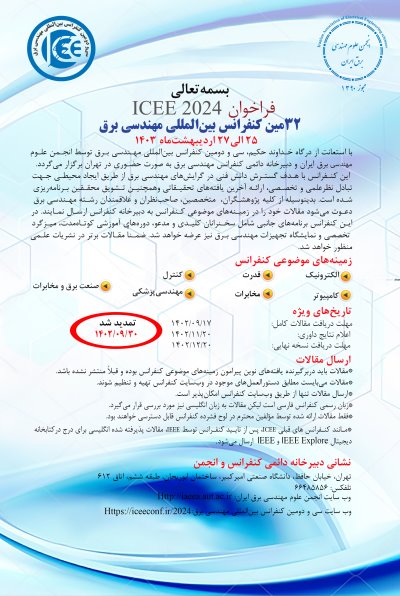0% Complete

نویسندگان :
کلمات کلیدی :
چکیده :
لیست مقالات بایگانی شده
Zahra Sharifi - Iman Izadi - Jafar Ghaisari
علی ابویی - Mohammad Hadi Rezaei
پیمان افضلی - مسعود رشیدی نژاد - امیر عبداللهی - محمدرضا صالحی زاده - حسین فرهمند
Atiyeh Karimlou - Mohammad Yavari
Athena Abdi - Hamid R Zarandi
Milad Tahvilzadeh - Mehdi Aliyari Shooredeli - Ali asghar Razi Kazemi
Hooman Nasrazadani - Alireza Sedighi - Hossein Seifi
Donna Rashidi - Maryam Abbasi - Leila Sadeghbeigy - Matin Bakhtavari - Ebrahim Nadimi
Seyed Sina Taheri Otaghsara - Masoud Asghari Gharakheili
Mohammad Khakroei - Ashkan Mirzaei Rajeooni - Mahdi Rahimi Pirbasti - Hossein Heydari





